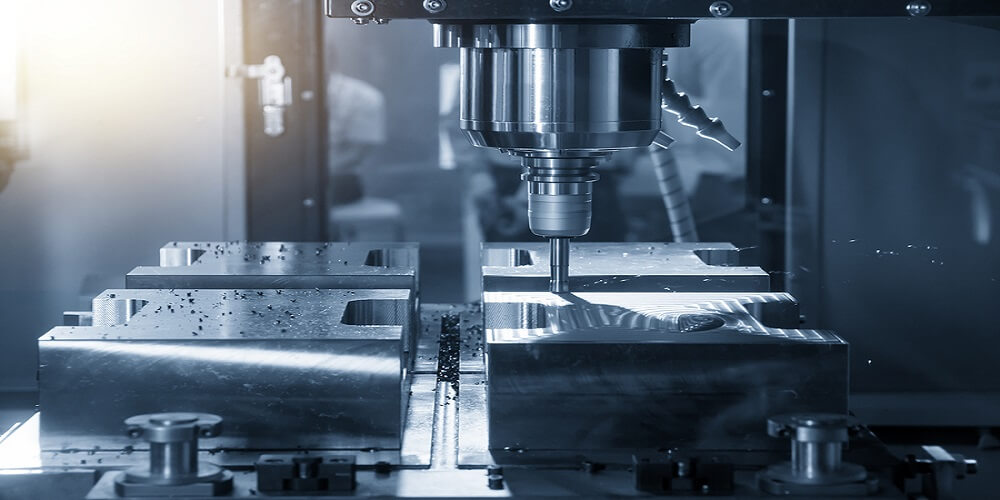A prototype is the first design of an invention. It is built to test the efficacy of that product and the possible problems that can emanate from it. Using a good manufacturer, like Chinese prototype manufacturers, is a key factor to consider in manufacturing prototypes.
Prototypes often possess a lot of flaws that can create a lack of confidence in the minds of investors and potential consumers about their usability. Testing it helps the manufacturer to strengthen the design through additions made to the original invention.
However, while there may be good reasons for this lack of confidence in product credibility, more often than not, there is no just cause to worry.
Four Reasons Why Prototypes Differ From Final Products
There are several reasons why a final product can be very distinct from the prototype. Here are some of them.
1. Quality of Materials
Logically, every new product seeks to carve a niche for itself. It is therefore expected that the best materials will be used in the production of a final product. This requires more cost. In a bid to save costs, manufacturers make prototypes from less expensive materials that are easier to access.
2. Process of Production
Final products are created in large quantities. The process is often unsuitable for prototypes that are created in a single edition or limited numbers. This causes manufacturers to employ a different process for the creation of prototypes. At the heart of this is the need to save costs and maximize profit.
3. Process of Inspection
Final products go through a very rigorous inspection process because they are produced in mass quantities for public use. It will be a huge financial loss to manufacture a finished product, only to have it rejected by the Standard Organization of Nigeria (SON) for not meeting some safety protocols.
Due to this, manufacturers pay closer attention to the production process for a finished product. They also choose the production team more carefully and ensure the product has the quality that accords with industry standards.
4. Manufacturer Expertise
This is another factor that influences the quality of a prototype against that of the finished product. The expertise of a manufacturer is needed for an outcome worthy of industry standards. A prototype manufacturer without much expertise can negatively affect the quality.
This is why there is certain credibility attached to Chinese prototype manufacturers because they have proven expertise. This instills faith in the consumers and potential investors.
Conclusion
Despite the differences in a prototype and the finished product, manufacturers try to ensure that the quality of both is as close as possible. They do this by ensuring that the materials for the prototype closely resemble those of the finished product.
Manufacturers are also aware that products with the expected industry standard gain the trust of the public in the efficacy of that product. This leads to increased demand and this, in turn, leads to a bigger Return on Investment (ROI) for investors.
Prototypes merely test the feasibility of a design. It is not the final product. It pits theoretical speculations against visual design and this brings out unforeseen flaws and unanticipated problems.
Therefore, it is not advisable to make a 100% conclusion on the desirability of a final product, its usage, and the impact, based on the prototype.
